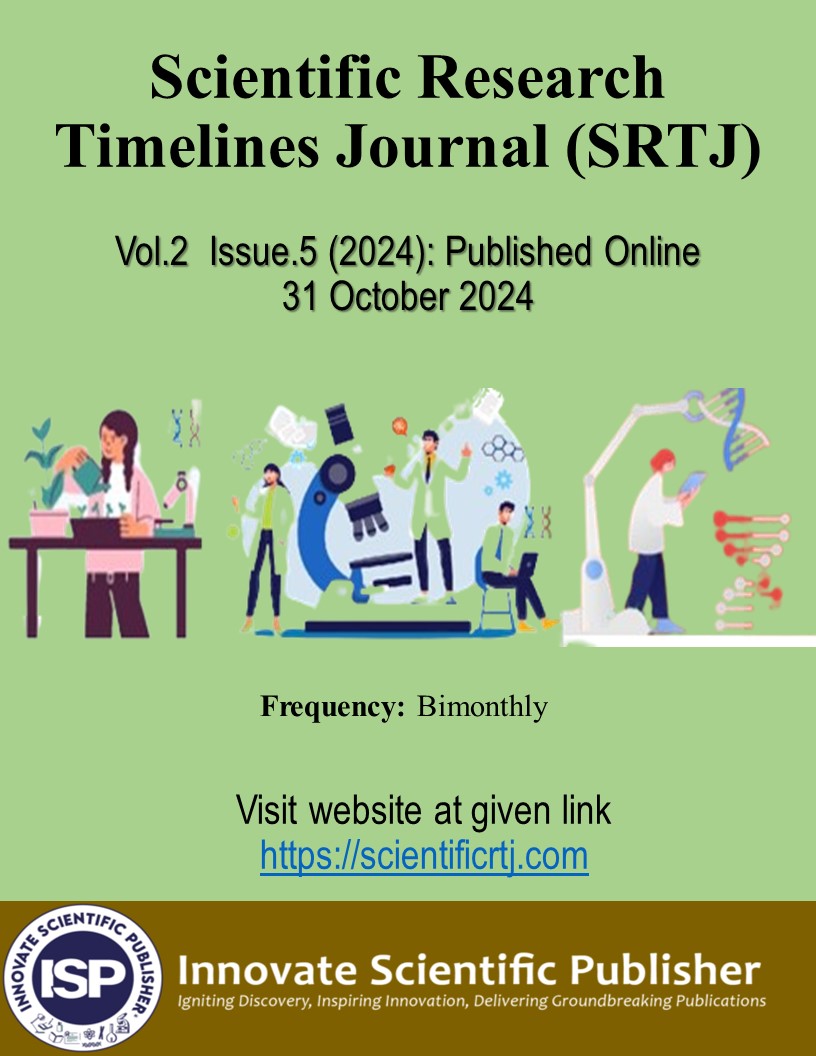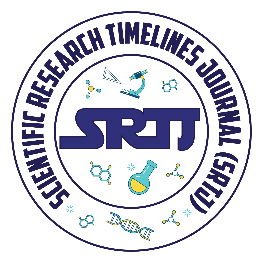SUGARCANE GENETIC IMPROVEMENT THROUGH MUTATION BREEDING AND WITH OTHER MOLECULAR APPROACHES
Keywords:
Sugarcane, Mutation Breeding, Ethyl Methane Sulfonate, Gamma RaysAbstract
Sugarcane (Saccharum spp. complex) is a tropical and subtropical crop grown for sugar and biofuel worldwide. With the extensive genetic sampling of sugarcane genotypes using conventional methods, researchers approached the use of molecular techniques including mutation breeding, CRISPR-Cas9 Genome editing, Targeting Induced Local Lesions In Genomes (TILLING), and Genome Wide Association Mapping (GWAS) for its improvement. Mutant genotypes with enhanced juice quality, yield, sucrose percentage, resistance to fungal diseases and tolerance to drought and salinity have been discovered using Ethyl Methane sulfonate (EMS), gamma, and X-rays. However, mutation has few limitations because of unpredictable induced mutations, and large resources needed for mutagenesis, screening, and field trials but still mutagenesis offers an optimistic future if more potential mutagens, effective methods of their application, and techniques for screening of superior mutant progeny are developed. This review will discuss the basis of mutation and sugarcane yield, mutation strategies used in sugarcane breeding, evaluate their successes, find restrictions, and prospects for increasing sugarcane production through mutant breeding.
Downloads
Downloads
Published
Issue
Section
License
Copyright (c) 2024 Scientific Research Timelines Journal

This work is licensed under a Creative Commons Attribution-NonCommercial 4.0 International License.








 This work is licensed under a
This work is licensed under a 